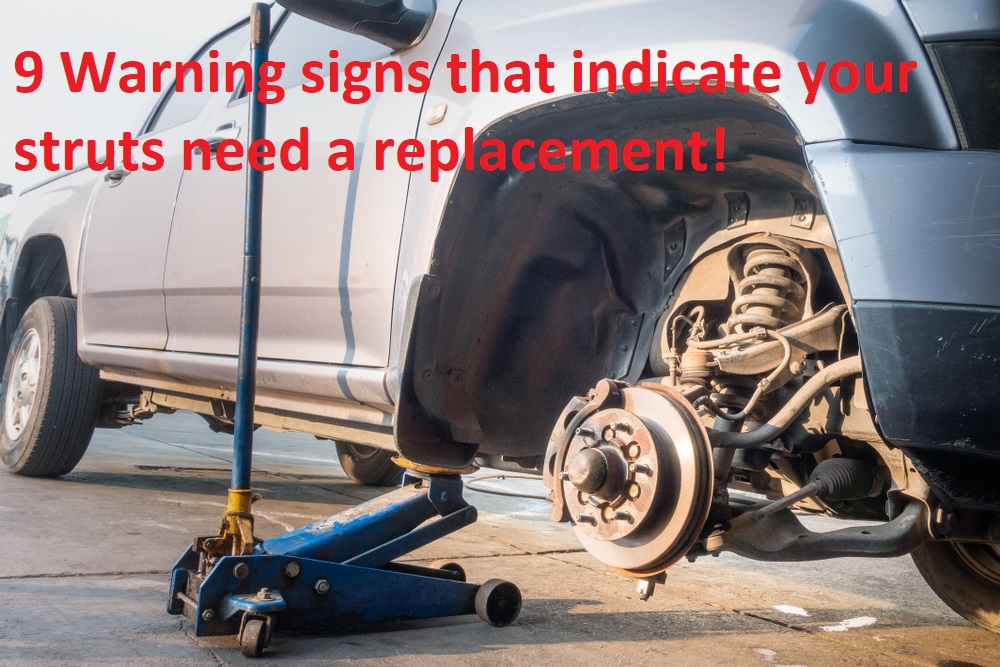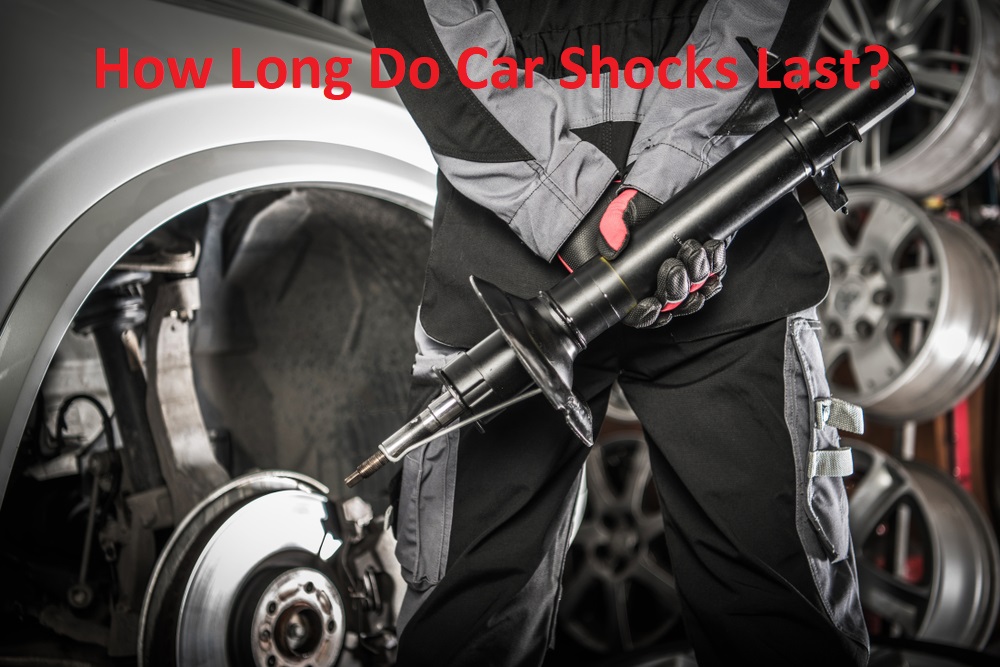Are you tired of your car working at a low engine power? Has it ever crossed your mind to get a fake catalytic converter?
If you want a cheap and easy way to get that high performance, this is it.
But alas, it comes with its own risks. So let’s dive into what a fake catalytic converter is and whether it’s actually worth buying one.
The Definition of a Fake Catalytic Converter
So, what really is a fake catalytic converter? Before getting to that, let’s define a real catalytic converter.
It’s an exhaust emission control device that converts harmful emissions from a vehicle’s exhaust system into less-toxic, more breathable air. This reduces air pollution.
However, it limits a car’s horsepower. Catalytic converters create pressure to reduce toxic gasses, which in turn reduces engine power.
Thus, you don’t get the same level of performance. But in today’s world, people have hacks for everything. This is where fake catalytic converters come in.
The real catalytic converter is replaced with a dummy to fool anyone looking. It is made up of a straight pipe, designed to make it look like it has a cat inside.
Through visual inspection, one can’t distinguish fake cats from stock cats. So, your car is good to go.
Is it Legal to Drive with a Fake Catalytic Converter?
Is this legal? Well, absolutely not.
Most countries, including the US, have a mandatory rule for vehicles to have a functioning catalytic converter. A cop will most likely give you a penalty if you are spotted without a catalytic converter.
This is where a dummy is helpful – it decreases your chances of getting pulled over. But if you do get caught with a dummy, that’s considerably worse.
In some locations in the US, being seen with a dummy cat can get you a fine of up to $2,750, plus get your car impounded.
Now, you must be curious about the chances of getting caught. So, let’s jump to that.
Ways to Spot a Fake Catalytic Converter
Is there no way to spot a dummy from a real catalytic converter? That’s not true.
While you can probably fool a cop on the roadside, there are other proper ways of checking. These require close examination, so it won’t be an issue on a regular drive.
Fake Cat Won’t Pass Emissions Test
If you want to be sure whether a catalytic converter is fake, you must do it through equipment. The best way to do this is an emissions test.
This test is to ensure a vehicle’s exhaust cleansing works cleanly as it prevents air pollution, thanks to precious metals like rhodium, palladium, and platinum. It checks how much pollution is being passed into the air.
Obviously, a fake cat will not be able to pass this. Thus, it will be spotted.
Several states in the US have an annual emissions test for vehicles to ensure their catalytic converters are working appropriately. Unfortunately, this is where you can get caught.
Manufacturer Stamp
Another more straightforward way to spot a fake catalytic converter is through visual examination. For instance, the absence of a manufacturer stamp.
An original converter that is put in during the manufacturing process always has a stamp on it. It could include a company’s logo, a particular serial number, or a name.
A fake catalytic converter often lacks this; however, it can obviously be faked too.
Fake Catalytic Converter Welds are of Lower Quality
You can also examine the craftsmanship and make an informed analysis.
The welds of a fake catalytic converter are typically of low quality. This is because they are built in an auto repair shop.
The main goal is just to install the dummy cat into the car. So they don’t focus as much on its appearance.
On the other hand, real catalytic converters are manufactured adequately through the automotive manufacturing process on a production line. Thus, these welds are of a much higher quality.
Casing
Another simple way to differentiate a fake cat from a real one is its casing. Dummy catalytic converters are likely to have a silver metal casing.
Along with it, an arrow is made, which signifies the right direction it should be installed based on airflow.
However, these are visual things that can be masked easily. They are also not proper proof to be given a penalty for.
The critical investigation is only the emissions test.
Best Places to Buy a Fake or Dummy Catalytic Converter
If you choose to buy a fake catalytic converter, you should ensure it is decent enough to trick someone.
One of the most popular ones is called the “All Flow Test” pipe. It is priced at around $50, which is a great steal if you compare it to a real catalytic converter’s price.
I suggest a few places that offer the best dummy cats (test pipe).
AN Fittings Direct offers most of these at a reasonable price.
ProFlow is another excellent option that manufactures fake catalytic converters as well.
Moreover, you can also check out some good deals on eBay or amazon. You will come across a myriad of vendors selling fake catalytic converters.
However, make sure to have a look at their customer reviews. Don’t fall for the low price too easily.
Only purchase if other people have had a good experience with the vendor.
Is it Worth Gutting Your Existing Catalytic Converter
Another alternative to buying a fake catalytic converter is to gut your existing pipe. Just destroy the inside of it and put the empty converter shell back. Cheap and easy whilst making your car sound louder and more powerful.
However, you should be aware of its pros and cons before making the decision. It will do the job of getting that increased horsepower and get your car a higher performance.
It also has the added benefit of reduced engine heat due to a lesser workload. But before actually going forward with it, be informed of the disadvantages that come with it.
Removing a catalytic converter can potentially damage other parts of your car, such as the oxygen converter.
Additionally, a car’s fuel economy is likely to drop faster.
This will decrease the car’s power too. With the converter being blocked, the vehicle also has a chance of being stalled.
Also, as mentioned earlier, several states in the US have an annual emissions inspection for vehicles. In such cases, gutting one’s catalytic converter is not favorable.
You will be held accountable.
It really depends on your priorities. If you are eager to get that increased engine power and are willing to take these risks for it, you have your answer.





